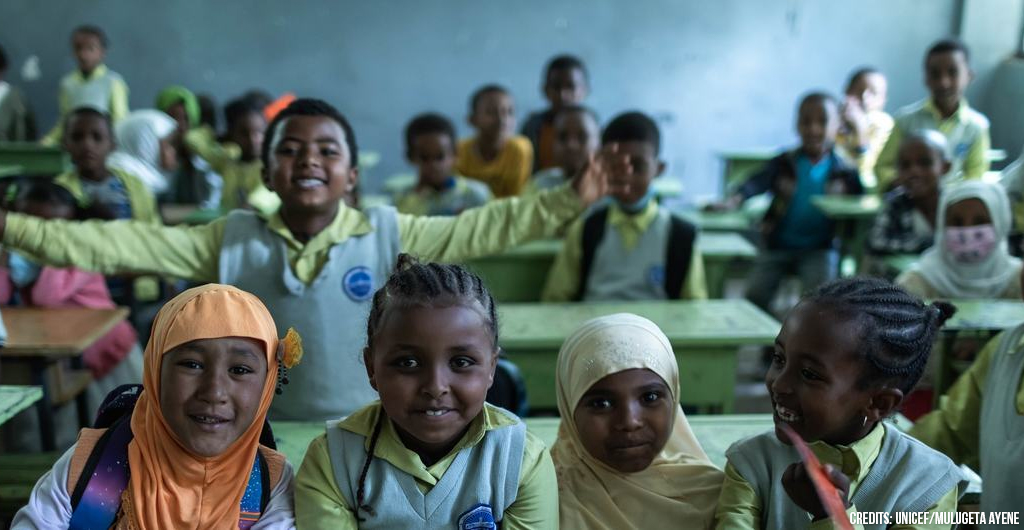UNESCO: “$97 billion barrier to reaching education targets”
Without an extra $97 billion in funding, many countries won’t be able to meet their national education goals for 2030, according to a new UN report released. The report calls for a quick review of funding.
The paper asks, “Can countries afford their national SDG4 benchmarks?” The Global Education Monitoring (GEM) Report of the UN Educational, Scientific, and Cultural Organization (UNESCO) was made to help with the spring meetings of the World Bank and the International Monetary Fund (IMF).
It focused on Goal 4 of the 2030 Agenda for Sustainable Development, which is to make sure that everyone has access to high-quality education and that everyone has the chance to learn throughout their lives.
Findings showed that countries will need more money for schooling if they want to reach their goals.
Not only do we need to find more money, but we also need to find ways to make the money we have work better.
Sub-Saharan Africa has the biggest funding gap, at $70 billion per year. The kids in this area have to drive the farthest to get to school, and almost 60% of kids who should be in upper secondary school aren’t there.
The study found that about a third of the gap could be closed if donors kept their aid promises and put basic education first in the poorest countries.
Other important results show that the number of pre-primary teachers needs to triple in low-income countries by 2030 and doubled in lower-middle-income countries. In low-income countries, the number of first-grade teachers needs to go up by almost 50%.
Even though we don’t know the full effects of COVID-19 pandemic disruptions, the study found that costs include making up for huge learning losses that made the learning crisis worse. Only half of children and teens are ready for the future because they have finished school and can read at least a little bit.
In the first year after the pandemic began in 2020, two-thirds of low- and low-middle-income countries cut their spending on public schooling.



